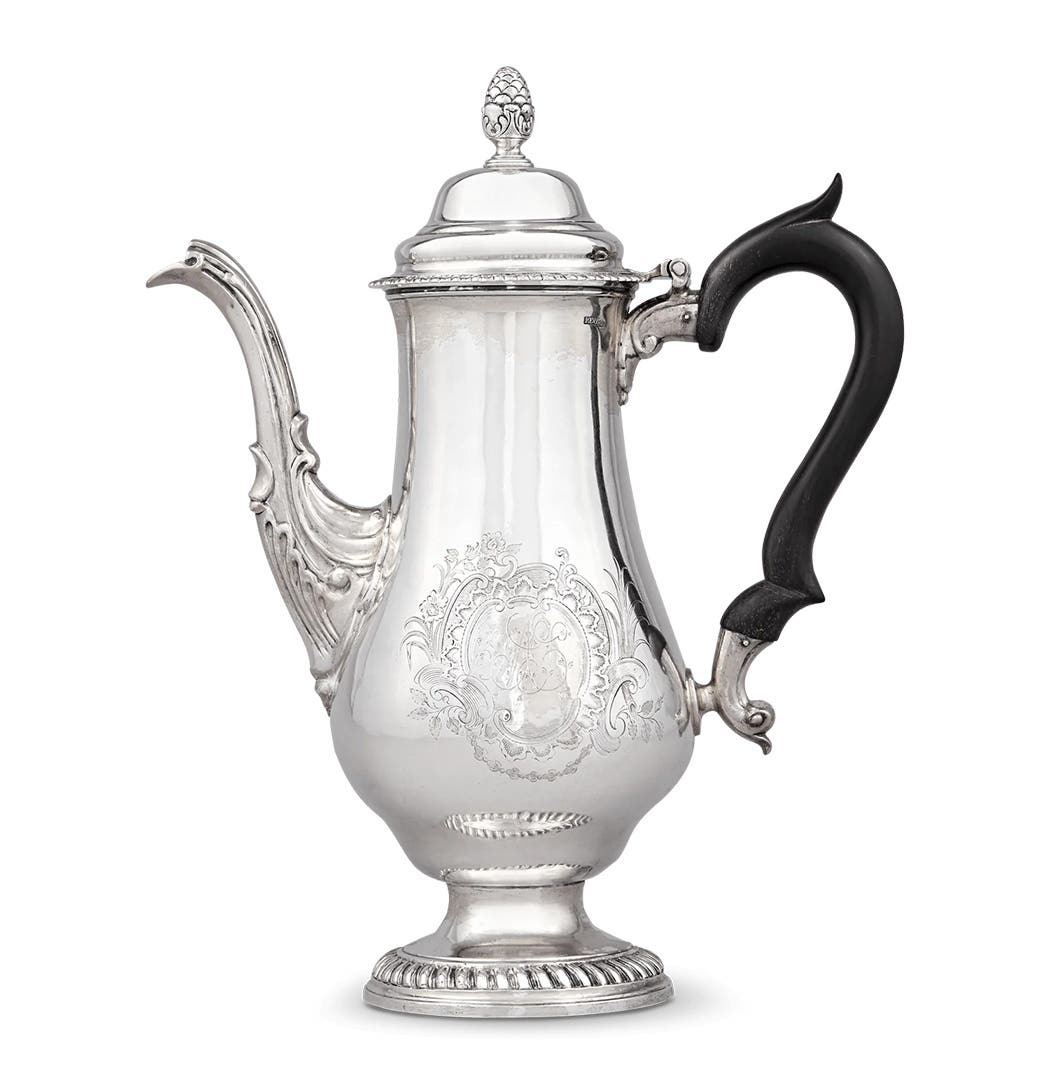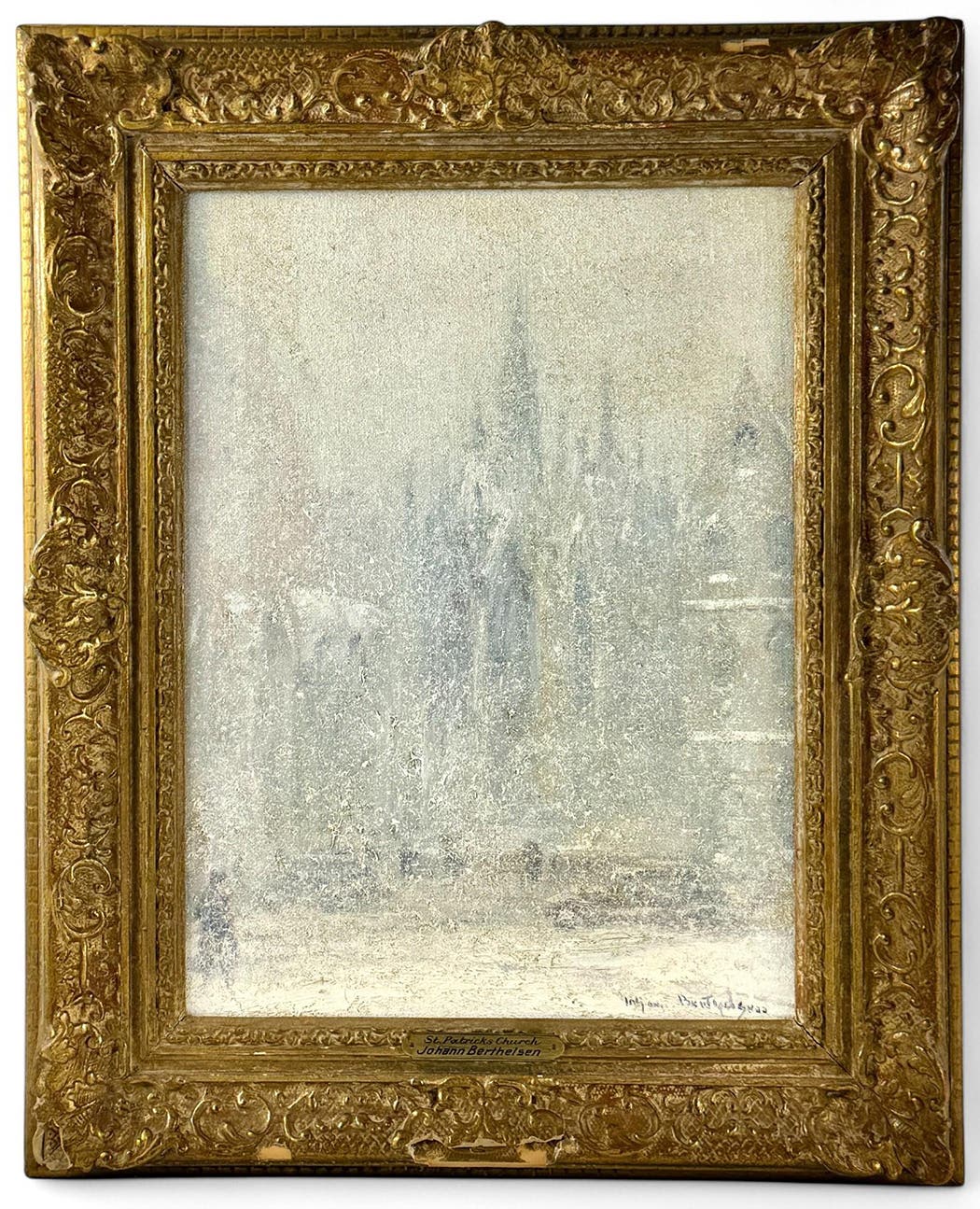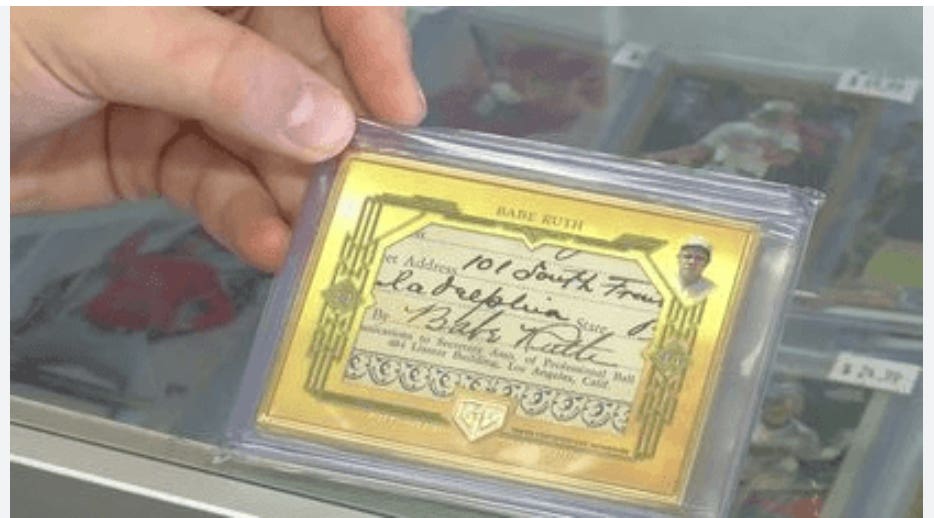The Hobo News Was Newspaper Devoted to Hobo Culture
New York paper from 1937, written by hobos for hobos, had a surprisingly long print run, was a hit during World War II, and even once drew acclaimed author W. Somerset Maugham to write a story.
One of the most unusual newspapers in the United States in the first half of the 20th century was devoted to a niche readership and constantly violated copyright laws, yet still had a surprisingly long print run.
The Hobo News, established in New York City by Patrick “The Roaming Dreamer” Mulkern and Benjamin “The Coast Kid” Benson, hobos themselves, was tailored to hobos and the hobo culture, including “hobo sympathizers and hobo intellectuals.”
The paper ran from February 1937 to April 20, 1948 and should not be confused with an earlier publication from 1915-1929 that had the same name and was published by the International Brotherhood Welfare Association.
With its banner motto, “A little fun to match the sorrow,” The Hobo News featured poems, cartoons, pin-ups, essays, songs about politics, law enforcement, employment and other topics, and news stories that were targeted to that exclusive class of men who rode the rails.
The paper constantly violated U.S. copyright law by regularly printing articles that had earlier appeared in Collier’s, The New Yorker and The Saturday Evening Post, without the permission from these publications. As far as injunctions against this practice, Mulkern feared none. He asserted “that no self-respecting litigator would ever stoop to sue a newspaper with such a pathetic name.”
The Hobo News’ 14-year-run was a surprisingly long life when you consider the fact that hobos were responsible for putting out the publication and declined to run print advertisements in order to support itself; instead, the publication relied on the money it received from the sales of charging 10 cents an issue.
The writing was patriotic and pro-American, which stood out during the years of the Second World War. It maintained and promoted a strongly pro-American viewpoint and also served as a political advocate on the behalf of hobos.
An article by Benson in the May 17, 1937 edition reads in part: “… Bona fide news in the current News warns the fraternity to stay out of the South now that chain gangs are out on the roads; felicitates Chicago’s Billy Whiskers on his release from a Florida work camp; recounts that Smokehouse Eddie is vacationing in Pittsburgh; records that Big Baby Bum has now set his initials on the Statue of Liberty, the Empire State Building, the Queen Mary and the late Hindenburg. Features include the running autobiography of Editor Benson; an itinerary of the best free rail route from Manhattan to the West Coast (Pennsylvania, Chicago & Alton, Missouri Pacific, Union Pacific, Denver & Rio Grande, Western Pacific); some fatherly counsel from Dean Danny O’Brien of the intermittent New York Hobo College to incipient [ho]boes: ‘It is dangerous when bumming a lump [begging a handout] to tease or provoke the dog ... When through with cans, pans, etc. in jungles [hobo camps] always leave them clean. Don’t mix too much with tramps or bums (A hobo will work a tramp won’t work a bum can’t work or you’ll be demoralized ...’ ”
In September 1942, with $18,000 in the paper’s coffers, Mulkern decided it was time for some new digs uptown and 105 West 52nd Street became the paper’s home, at a cost of $300 per month. The new office was in the heart of the nightclub district and neon signs lit up the windows. Within the offices, signs like “No Papers Sold to Bums” and “Jungle Buzzards” (a name for tramps) delineated hobos from these others.
In these new offices, Mulkern upgraded his printing hardware and the paper went from a monthly publication to every two weeks, and carried a weekly payroll of $1,500 — not bad for a publication put out by hobos, for hobos. The Hobo News didn’t steal all its material from the high-end publications and did have original content, and included in the overhead were fixed rates for writers: $10 per story, $3 for cartoons and $2 for poems.
The paper soon became a weekly and readership jumped to 70,000. With the newspaper reaching new financial heights, Mulkern now had to worry about lawsuits for stealing items from the big boy publications.
He added a new column that was a hit called “Horses to Watch,” packed with handicap tips and race track news. Readership jumped to 100,000. Mulkern had to find new quarters, and fast. His landlord gave him two months to find a new home. The new quarters landed on the doorstep of 119 West 52nd Street and it wasn’t a rental; Mulkern shelled out $90,000 for the building.
The Hobo News also drew acclaimed author W. Somerset Maugham to its writing staff to pen a 600-word article, “How to Become a Writer,” which gave the publication some standing. By World War II, the paper had gained a huge following and soldiers and sailors constantly grabbed issues. With the paper reaching an all-time high of 123,000 readers, everything looked rosy. But following Mulkern’s unexpected death in 1948, The Hobo News ceased operations and was replaced by Bowery News (named after the Bowery area in Manhattan), but that paper was short-lived.
Today original copies of The Hobo News can be found for sale on various online sites including eBay and Worthpoint for anywhere from around $125 to $400; issues that have recently sold have been for around $35 to $50 on average.






